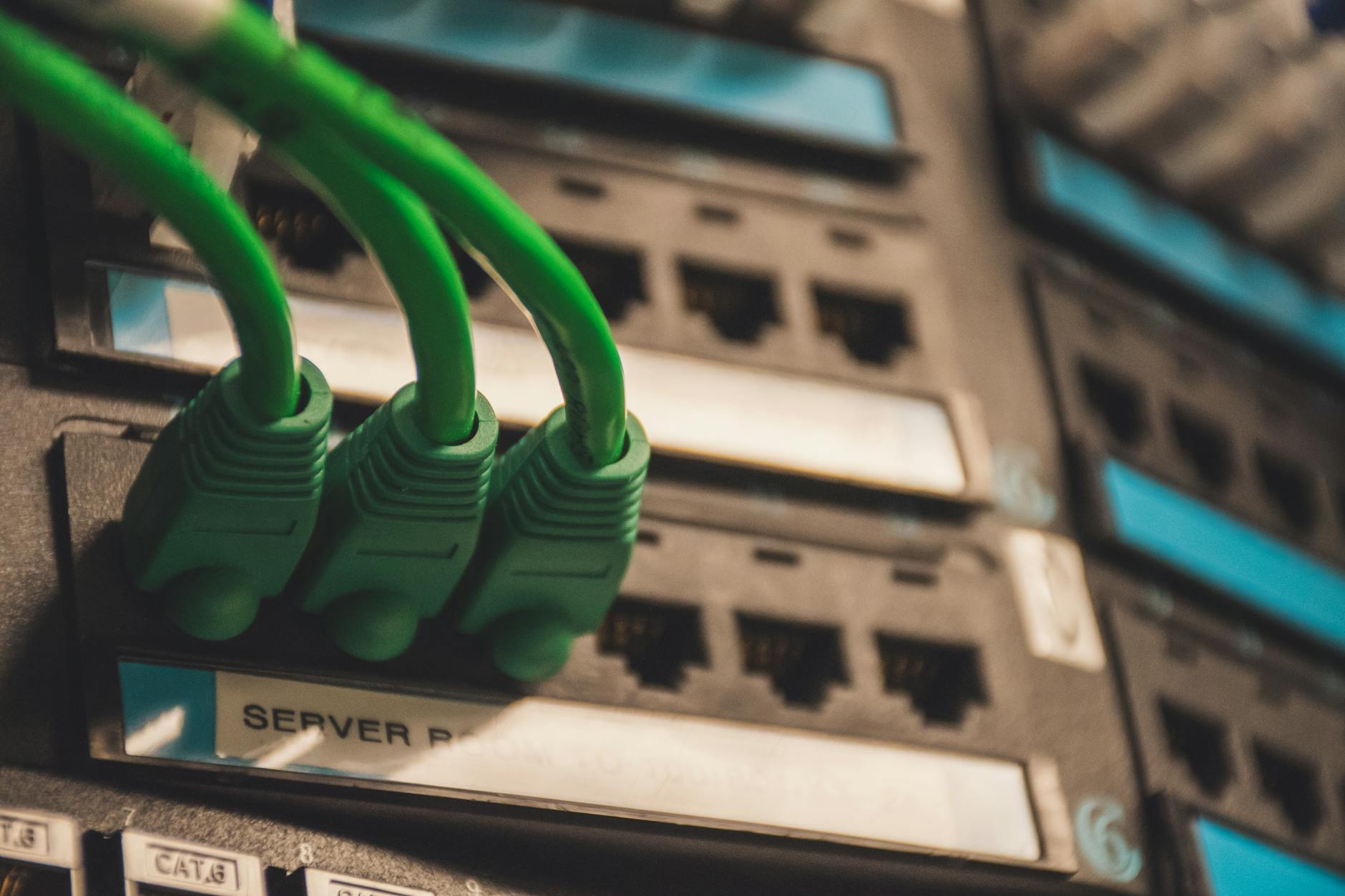Tech Mechanisms: Shop Centers Leveled Up!

In today's fast-paced world, the retail industry continues to evolve rapidly, spurred by technological advancements that are reshaping the way consumers interact with shopping centers. These innovations aim to create a seamless, futuristic retail experience that not only meets the current demand for convenience and efficiency but also anticipates the needs of the future marketplace. In this article, we will delve into the cutting-edge technology transforming shopping centers and explore how these developments are leveling up the consumer experience.
Bringing the Future to the Present: Innovative Technologies in Retail
1. Virtual and Augmented Reality (VR/AR)
Virtual Reality (VR) and Augmented Reality (AR) have particularly revolutionized the shopping experience by offering consumers a way to visualize products in a lifelike manner without being physically present. For instance, furniture stores use AR to allow customers to see how a couch would look in their living room before making a purchase.
- Example: The IKEA Place app uses AR to help customers visualize furniture in their homes.
2. Artificial Intelligence (AI) and Machine Learning (ML)
Artificial Intelligence (AI) and Machine Learning (ML) provide personalized shopping experiences by analyzing consumer data to anticipate needs and preferences. This can lead to personalized recommendations, targeted promotions, and even price optimization.
- Example: Chatbots on retailer websites use AI to guide customers and provide instant customer service.
3. The Internet of Things (IoT)
The Internet of Things (IoT) allows physical objects to connect and exchange data. In a retail context, this can enable smart shelves that detect when products need restocking or smart carts that guide shoppers to items on their shopping list.
- Example: Amazon Go uses IoT for its checkout-free shopping experience.
4. Contactless Payment Systems
Contactless payment systems have become increasingly popular, particularly in the wake of the COVID-19 pandemic. These systems use near-field communication (NFC) technology to allow customers to pay with their smartphones or wearable devices, reducing wait times and improving convenience.
- Example: Apple Pay and Google Wallet are widely accepted at retailers worldwide.
5. Omnichannel Retailing
Omnichannel retailing provides a cohesive shopping experience across multiple channels, whether online, via mobile app, or in-store. This approach ensures that customers can switch between channels seamlessly, experiencing consistent service and interface.
- Example: Target offers in-store pickup, drive-up service, and same-day delivery through its app.
Challenges and Considerations for a Seamless Integration
While these technologies offer numerous benefits, there are challenges to consider:
-
Privacy and Data Security: With increased data collection comes the responsibility of protecting consumer privacy and securing data against breaches.
-
Technology Costs: Implementing cutting-edge technology can be expensive, and retailers must balance costs with expected ROI.
-
Digital Inclusivity: As shopping centers adopt new technologies, ensuring that all consumers can access and utilize them regardless of digital literacy is essential.
Conclusion: Embracing the Retail Revolution
The integration of tech mechanisms in shopping centers represents not just a temporary shift but a long-term evolution of the retail landscape. By embracing these technologies, shopping centers can enhance their appeal, streamline operations, and offer consumers an unparalleled shopping experience. As we look forward to the next-gen marketplace, we must also consider the implications for retail employment, consumer behavior, and environmental impacts, ensuring that technological advancements benefit all stakeholders.
Unlocking the next-gen marketplace and witnessing the transformation of shopping centers into vibrant, high-tech hubs of consumer activity.
The future of retail is here, and it's time to embrace it. Let’s level up!